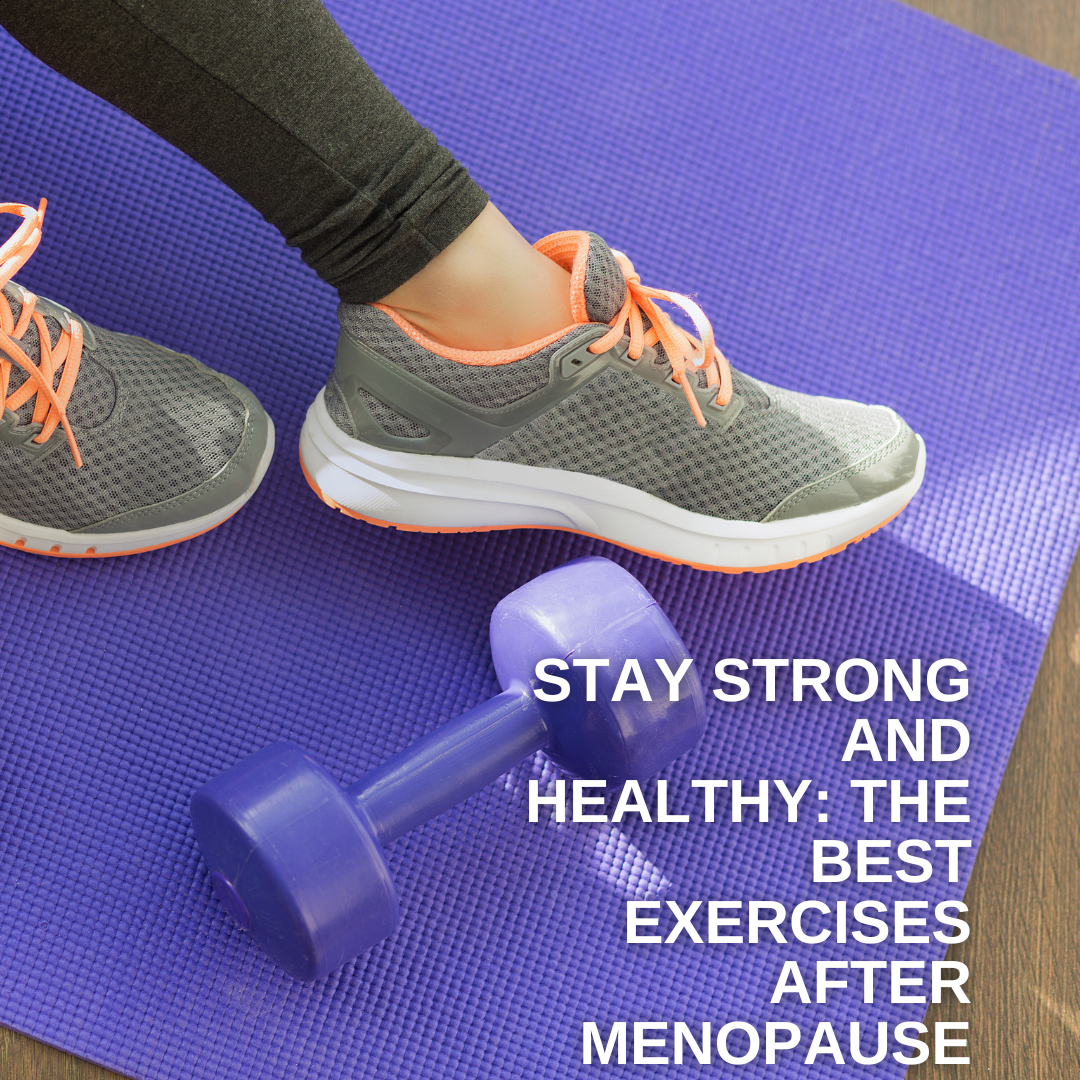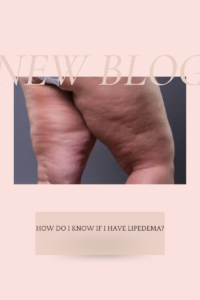Menopause is a natural phase in a woman’s life, signaling the end of her reproductive years. While this transition brings significant hormonal changes, it doesn’t mean that you have to stop being active or neglect your physical well-being. In fact, exercise becomes even more important during and after menopause to help manage symptoms, maintain bone health, and support overall well-being. In this blog post, we’ll explore some of the best exercises after menopause to keep you strong, healthy, and thriving.
Cardiovascular Exercises
Cardiovascular exercises, often referred to as aerobic exercises, are essential for women after menopause. These activities help improve heart health, maintain a healthy weight, and boost your mood. Engage in exercises like:
a. Walking: A simple and effective way to get your heart rate up, improve circulation, and strengthen your leg muscles.
b. Swimming: A low-impact exercise that’s easy on the joints while providing a full-body workout.
c. Cycling: Great for improving cardiovascular health and leg strength, cycling can be done both indoors and outdoors.
Strength Training
Strength training is crucial for preserving muscle mass, which tends to decline with age and hormonal changes. It’s also essential for maintaining bone density, which can decrease during and after menopause. Consider incorporating the following into your routine:
a. Weightlifting: Using free weights or resistance bands to strengthen major muscle groups can help improve your metabolism and overall strength.
b. Bodyweight exercises: Exercises like squats, push-ups, and planks require no equipment and can be done at home or in the gym to improve muscle tone.
- Yoga and Pilates
Menopause can bring about changes in flexibility and balance. Yoga and Pilates are excellent choices for maintaining and improving these aspects of physical fitness while reducing stress and enhancing relaxation. These mind-body practices can also help alleviate symptoms like hot flashes and mood swings.
- Core Strengthening
A strong core is crucial for maintaining good posture and preventing back pain, which can become more common after menopause. Incorporate exercises like abdominal crunches, leg raises, and planks into your routine to target your core muscles.
- Flexibility and Stretching
As we age, flexibility tends to decrease, leading to stiffness and reduced mobility. Stretching exercises can counteract these effects and help you maintain your range of motion. Consider including routines like dynamic stretching, static stretching, or even activities like Tai Chi to improve your flexibility.
- Balance Training
Balance exercises become especially important after menopause to prevent falls and maintain stability. Simple exercises like standing on one leg, practicing heel-to-toe walking, or using balance boards can help enhance your balance and reduce the risk of accidents.
Menopause is a significant life transition, but it doesn’t have to mean the end of a healthy and active lifestyle. Incorporating a variety of exercises into your routine can help you stay strong, maintain bone health, and manage the physical and emotional changes that come with this phase. Always consult with your healthcare provider before starting a new exercise program, especially if you have underlying medical conditions or concerns related to menopause. Remember, staying active is a powerful tool in promoting your overall well-being and quality of life during and after menopause.
Cindy








